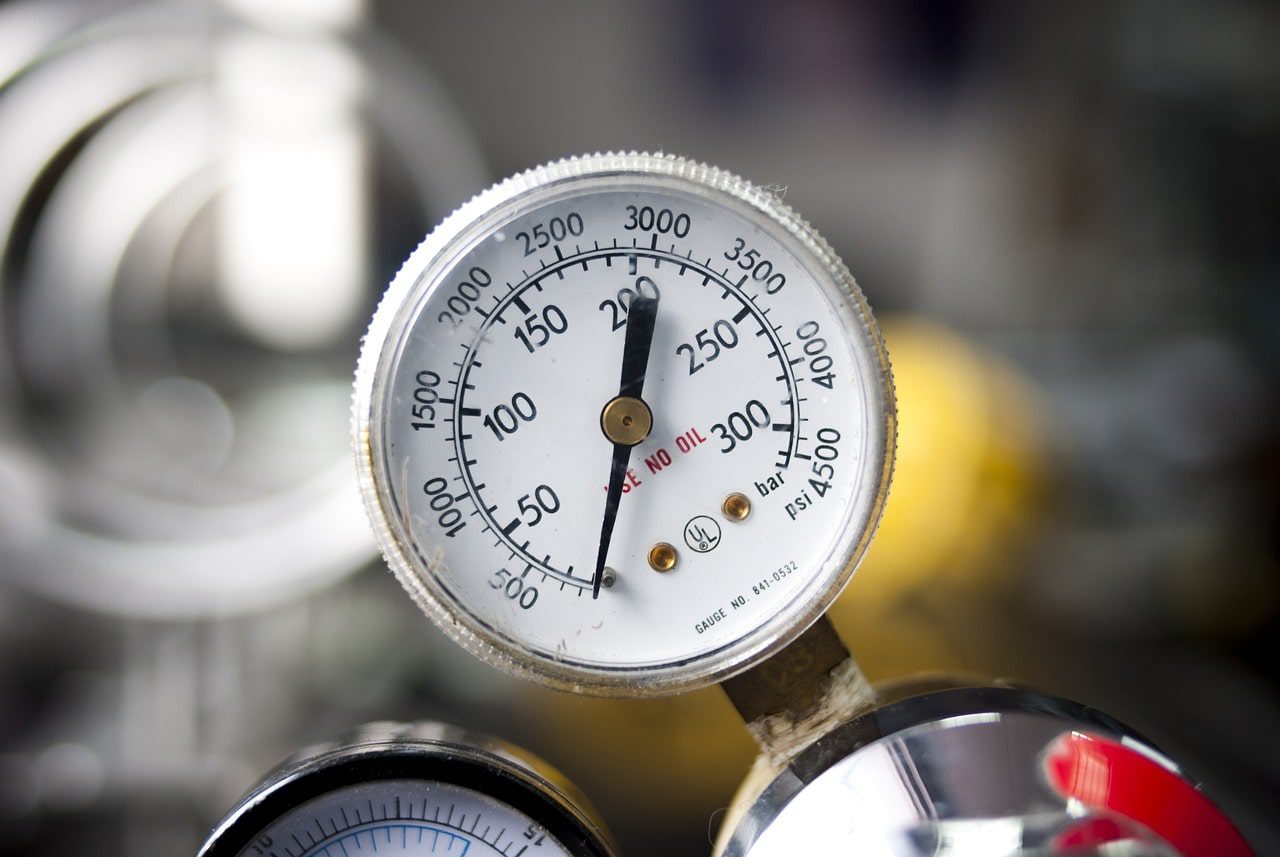Water pressure gauges are tools commonly used in industries such, as industrial, commercial and residential environments. They are vital for ensuring systems function and detecting any irregularities that might cause damage or reduce efficiency. This detailed handbook will explore the ins and outs of water pressure gauge offering information on their functionality, practical uses and best practices, for operation and upkeep.
Introduction to Pressure Gauges
Many people think pressure gauges only measure water pressure. They can actually measure the pressure of substances, like fluids, gas or vapors. A pressure gauge is a tool used to gauge the pressure within a system to identify any leaks or changes that might affect how well the system works. These tools operate within pressure limits and any deviations, from these ranges could greatly affect how the system functions.
Different Types of Pressure Gauges
Pressure gauges come in various types, including:
- Bourdon Tube Gauges: The pressure gauges commonly used are known as Bourdon gauges, named after Eugene Bourdon, who invented them. They feature a tube with an oval shape. When the pressure of the rises the tube starts to straighten leading to the movement of the gauges indicator and showing the pressure, within the system.
- Diaphragm Gauges: These gauges use a diaphragm, which is a disc that changes shape when pressure is applied. This change, in shape is then translated into a pressure reading that can be easily understood.
- Bellows Gauges: The gauge feature a bellows, which is a structure that can collapse or expand as pressure is applied causing the gauge needle to move accordingly.
- Capsule Gauges: The gauges are made up of two connected metal capsules that expand and contract based on pressure shifts causing the gauges needle to move.
How Does a Water Pressure Gauge Work?
A water pressure gauge works by translating the pressure applied on it by water into measurements, like Pascal, bar, psi and Torr. In the case of a water pressure gauge this pressure comes from the water in a pipe or tank. The gauge offers pressure readings that are essential for keeping the system running smoothly and preventing any potential harm or inefficiencies.
Essential Components of a Water Pressure Gauge
A typical water pressure gauge comprises several components, each playing a crucial role in its operation. These components include:
- Bourdon Tube: This is the primary component of a pressure gauge. It is a curved, flexible tube that straightens out when subjected to fluid pressure.
- Pointer: This is the component that moves across the scale of the gauge. It moves in proportion to the amount of straightening of the Bourdon tube, indicating the pressure level.
- Dial: This is the scale on which the pointer moves. It is calibrated to display pressure levels in various units such as psi, bar, Pascal, Torr, among others.
Measuring Water Pressure with a Pressure Gauge
When checking water pressure with a pressure gauge you need to connect the gauge to a water pipe or tank. As the water pressure pushes against the Bourdon tube it starts to straighten out. The extent of straightening is directly related to the pressure level, which is shown by the pointer moving on the dial.
Applications of Water Pressure Gauges
Water pressure gauges have a wide range of applications in various sectors, including:
Industrial Applications
Water pressure gauges are frequently utilized in industries to oversee the flow and pressure of water ensuring the system functions safely and effectively. These gauges find applications, in environments like power plants, manufacturing plants and buildings where they measure water pressure for systems such, as cooling, heating or processing water.
Residential and Commercial Applications
In homes and businesses a water pressure gauge is usually placed close, to the water shutoff valve so that the incoming water pressure can be checked. In setups, with pressure reducing valves a gauge can also be set up on the output side of the valve to show if the valve is working correctly.
The Importance of Water Pressure Gauges
Monitoring the pressure of a water system is crucial for various reasons:
- System Efficiency: A pressure gauge that works well is important for the plumbing system to run smoothly. Changes, in pressure may signal problems, within the system that require attention.
- Safety: Excessive pressure could lead to pipes breaking or leaking causing flooding and water damage. On the hand low pressure may reduce water flow and pressure. To prevent issues using a pressure gauge to monitor real time pressure readings is recommended.
- Cost-Effectiveness: Regular monitoring of water pressure can help detect issues early, avoiding costly repairs or replacements in the future.
Selecting a Water Pressure Gauge
When selecting a water pressure gauge, consider the following:
- Type of Gauge: As mentioned earlier, there are various types of pressure gauges available. Choose one that best suits your needs.
- Accuracy: The accuracy of a pressure gauge is determined by several factors, including the type of gauge, the material of the spring, and the quality of the manufacturing process.
- Calibration: Regular calibration of the pressure gauge is crucial to ensure its accuracy.
Maintaining a Water Pressure Gauge
Ensuring the water pressure gauge is well maintained is essential, for its accuracy and durability. This involves cleaning to clear any debris that could impact its operation and regular calibration to maintain accuracy.
Conclusion
Water pressure gauges are essential, for keeping systems running smoothly in industries. Knowing how to operate and maintain them properly is key, to avoiding system issues. Ensuring everything works efficiently.

